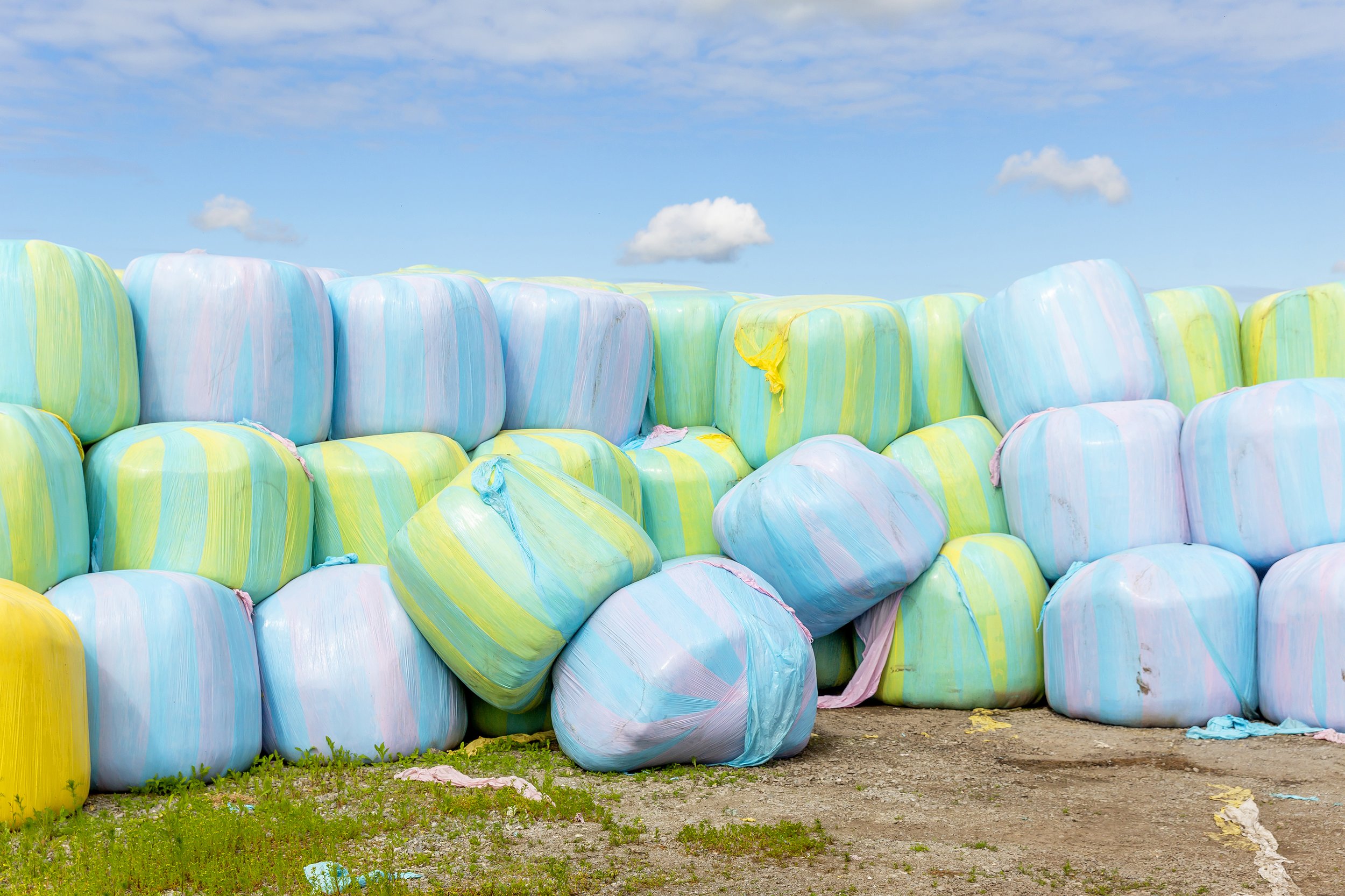
Gustav Gräll
Please introduce yourself and share a little about where you are from.
I was born and raised in Gävle, Sweden, back in November 1984. My hometown is your quintessential Swedish town, boasting a population of around 100,000. It's renowned for two things - the ice hockey team, Brynäs, and a Christmas goat made entirely of straw. What makes this goat so famous, you ask? Well, it's because it has almost become a tradition to set it ablaze each year.
My birthday falls in autumn, and I have a deep affection for this season. I relish the slight chill in the air and the breathtaking transformation of colors. While many Swedes often lament November as the gloomiest time of the year, I have a different perspective. What's so wrong with a little rain, day after day?
When did you first start exploring photography, and what ignited your curiosity in this art form?
Upon graduating from high school, I acquired my first analog camera, and the experience was nothing short of captivating. Photography became an instant passion for me, and I found myself snapping pictures every chance I got, even though it’s quite an expensive hobby. Initially, I was drawn to capturing the beauty of nature, but as time went by, I ventured into portraiture and concert photography. Within a year, I made the leap to invest in my very first digital camera.
How did your journey into street photography first begin, and what ignited your passion for it?
My introduction to street photography coincided with my move to London in my early twenties. At the time, I was working at a photo store, and during my free hours, I would embark on lengthy walks with my trusty Canon 300D camera. Strangely, I felt an immediate connection to the art of capturing life on the streets.
One of my earliest and most significant sources of inspiration was the photography collective, "In-Public," featuring some of my favorite street photographers. Their work was filled with a delightful sense of humor that resonated deeply with me. I first stumbled upon their captivating images in a photography magazine, and to this day, I remain an admirer of their craft. I was particularly drawn to the finesse with which they portrayed the streets of London, and that influence still shapes my approach to street photography.
How does the Swedish landscape and culture impact your approach to street photography?
You could say my style is easy going; I have a deep appreciation for everyday life. While Stockholm is captivating, I find smaller, more remote locations particularly inspiring for my style. My camera is always in hand, and I often wander the streets with music playing in my ears. I've curated a playlist titled "Blues from Sweden" featuring Swedish songs. The harmonious blend of music and photography…I love the feeling when the music and photos have the same emotion.
Street photography is all about capturing those spontaneous moments. Can you recall a particularly memorable experience or encounter you've had while exploring the streets with your camera?
One of my all-time favorite photographs was taken in the small Swedish town of Ljusdal. Initially, I was focused on capturing a shot of a wall adorned with a captivating caravan painting. However, I sensed that the photo needed an extra touch to make it more intriguing. So, I patiently awaited the approach of the next passing car, hoping it would add that special element to the image.
As I listened to the approaching vehicle, I poised myself for the perfect timing. Peering through the viewfinder, I suddenly realized that the oncoming car was towing a caravan – the exact same make and color as the one depicted on the wall. Remarkably, it was the sole car to grace the scene for the better part of ten minutes. To this day, some people inquire whether the photo was staged, but it was nothing more than a lucky moment.
How do you typically approach composition and framing when capturing urban environments? Are there specific elements or scenes you actively look for?
I don't usually have a predetermined plan for my photography. I prefer to arrive at a location with a blank canvas and allow myself to be surprised by what I discover. I thoroughly enjoy wandering around, often spending hours by myself. For me, it's crucial to step out every day, regardless of the weather, and just explore.
Do you have any favorite locations or neighborhoods in Sweden that you find particularly inspiring for street photography? If so, what draws you to them?
In Sweden, Stockholm is undoubtedly the ideal destination for street photography. Old Town offers the perfect blend of tourists and captivating backdrops. However, my personal favorite in Stockholm is Fridhemsplan. While it might not be the most conventional choice, I'm quite drawn to this area. It's always bustling with activity and presents a striking juxtaposition between beauty and the unconventional. This contrast truly encapsulates my style.
Many novice street photographers often seek guidance from seasoned practitioners. What recommendations can you offer to those embarking on their journey in street photography?
While many photographers emphasize the importance of discovering your unique style, I believe that this aspect is less crucial, especially in the early stages of your development. Instead, I would stress the significance of selecting the right equipment. Looking back at my early photos, I realize that I made the wrong lens choices when I first delved into photography.
Therefore, my primary advice is this: Consult your favorite photographers to learn about the lenses they use and then give them a try. This is an excellent starting point. I recommend that everyone begins with a 35mm lens as it provides a solid foundation. Subsequently, borrow gear from friends and experiment with different lenses until you identify your preferred focal length. In my case, I've found that a 40mm lens is the perfect fit.







